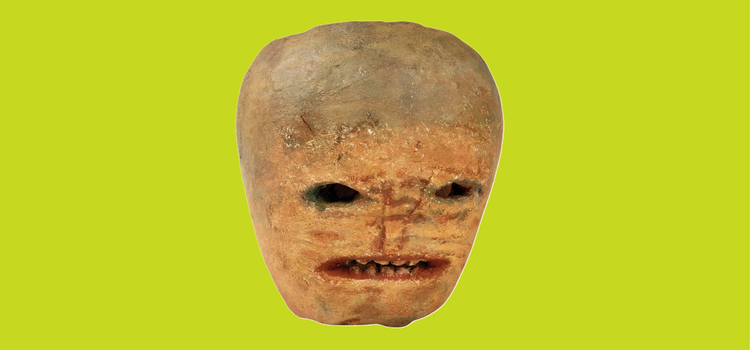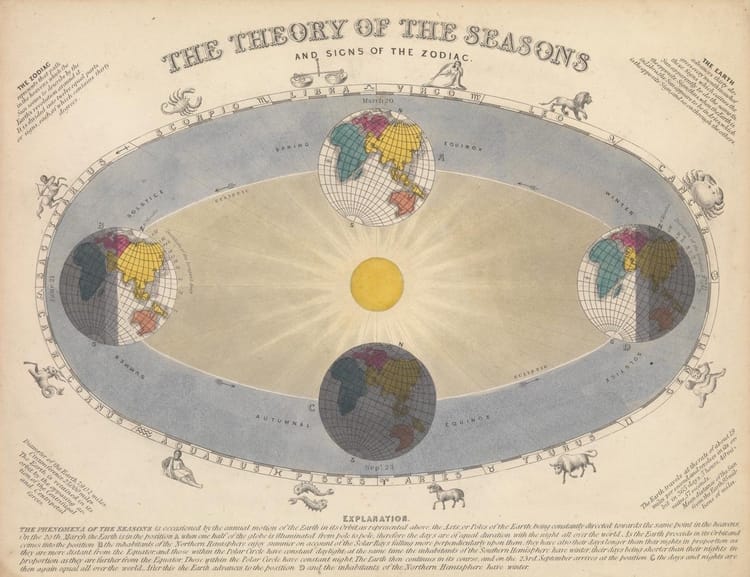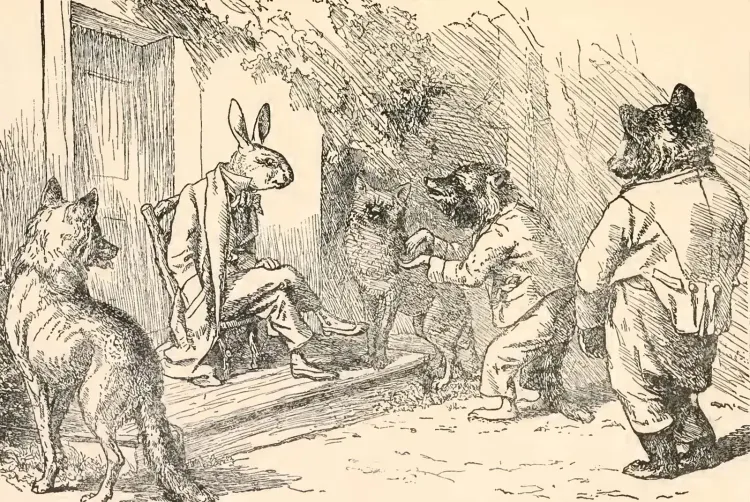Beltane: A Brief Introduction
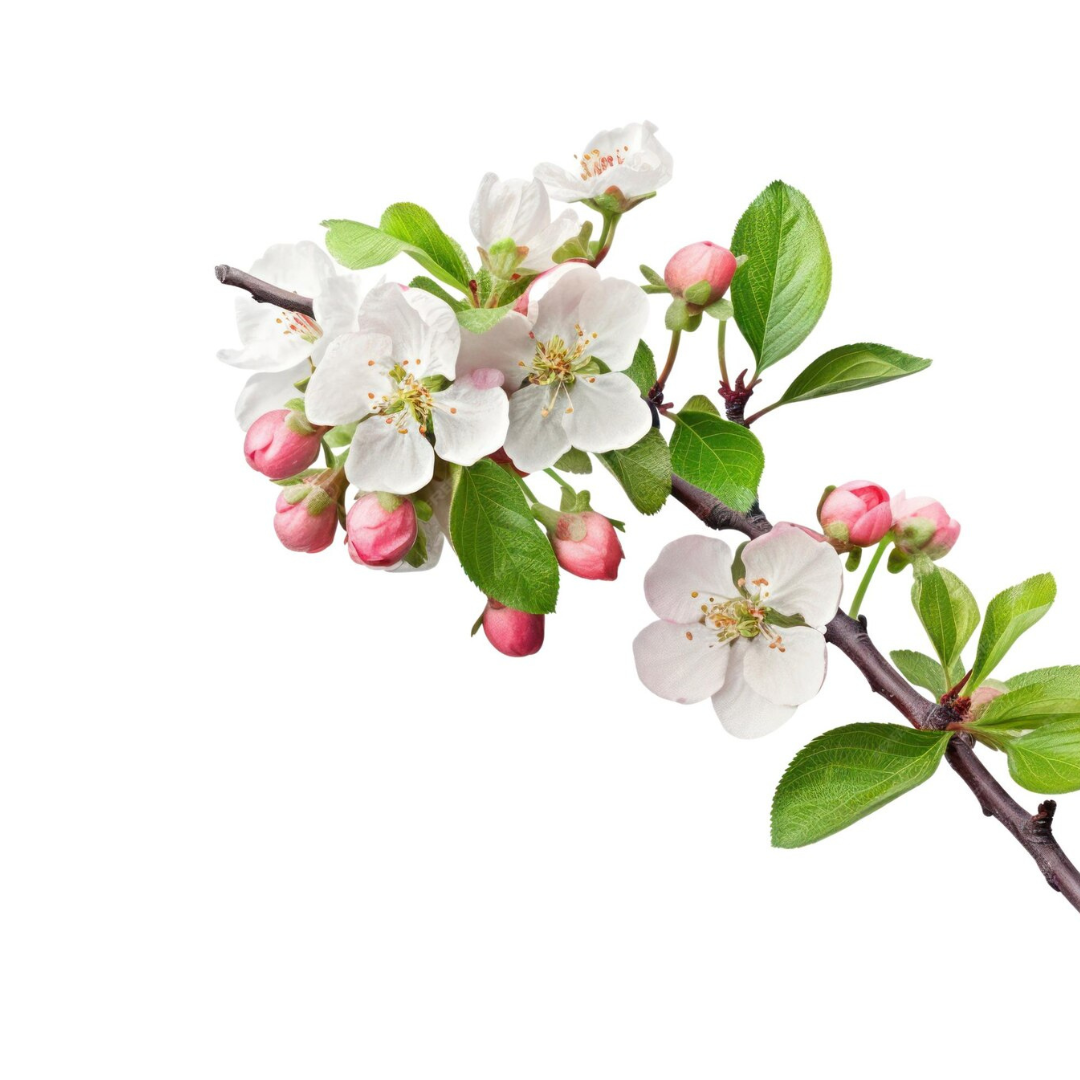
My introduction to Beltane was May Day at Bryn Mawr College—which is not to say that I recognized it as such at the time. May Day at Bryn Mawr is a celebration that happens between the end of classes and the beginning of exams, a time when the footpaths between dorms and classrooms are spangled with the petals of cherry blossoms. There was no bonfire, but there were maypoles—and a mayhole, an innovation that I very much suspect began at Bryn Mawr and may be unique to Bryn Mawr.
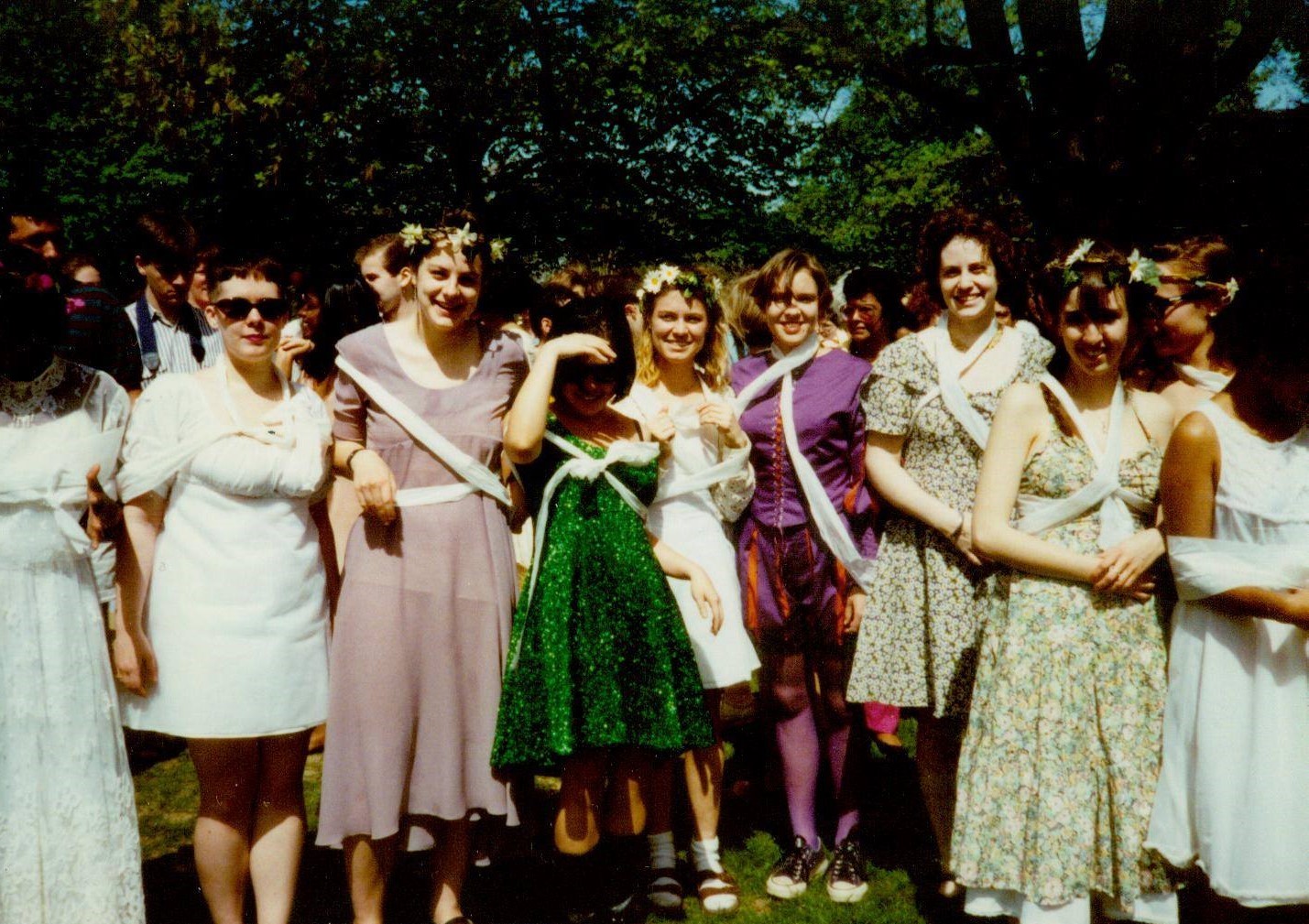
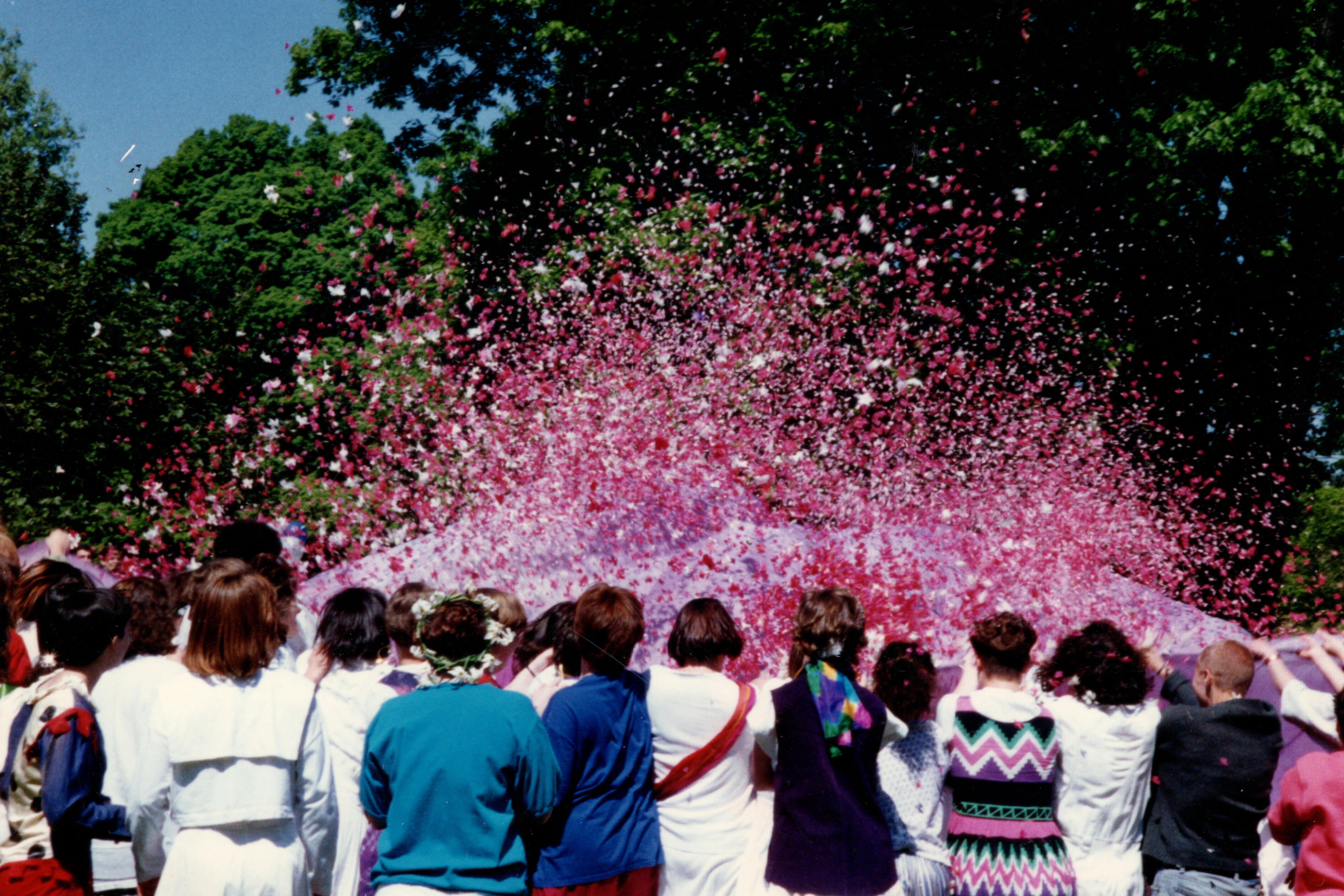
The maypole dance is stately and beautiful and I’m grateful that I had the chance to participate. The mayhole is chaotic and beautiful and everyone can participate. The first photo above shows women bound by patriarchy—represented by toilet paper. The second photo is a parachute filled with cherry blossom petals being lofted into the air by women who have been released from the bondage of patriarchy.
If this sounds cheesy, I get it. But I promise you that, when you’re engaged in it, this ritual is ecstatic. The mayhole is, maybe, the most effective ritual in which I’ve ever taken part.
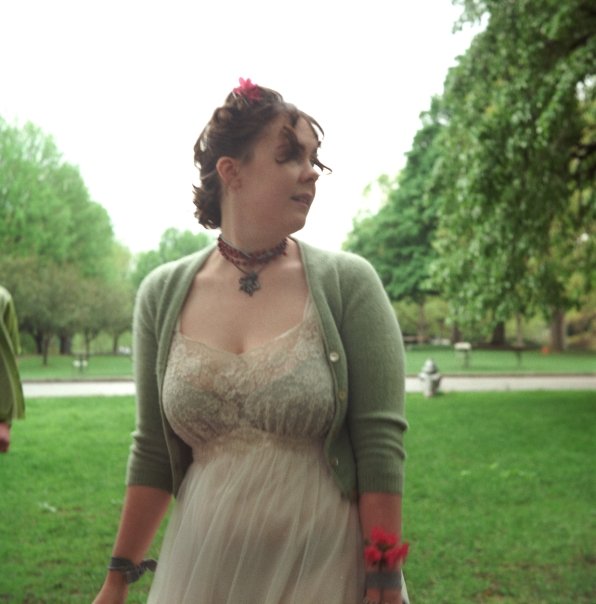
The maypole dances at Bryn Mawr’s May Day connect this celebration to older Beltane traditions, but the most interesting connection for me is that both take place during liminal time. Bryn Mawr was, in a lot of ways, a tough mistress, and I know that I needed a moment to get a bit bacchanalian when classes were over before I started sweating exams.1 Also, the campus is so glorious at that season. Mother Nature is definitely calling students to come out and play.
Beltane, traditionally, is the time when cattle were moved to their summer pasture in Ireland and Scotland. This, too, was a time of transition and a time to cut loose. Bonfires were lit for their purifying and protective power, but I suspect that they also had the same thrilling effect that any bonfire has.
For neopagans, it’s at Beltane when the Young God and the Goddess are united. The connection to the fertility of the land is clear, but I like to think that we get to interpret fertility however we like. Similarly, I see the symbolism of this marriage in straightforward terms while also interpreting this sacred marriage as a personal process, a union of Animus and Anima—of the aspects of the self coded as “masculine” and the aspects of the self coded as “feminine.”

